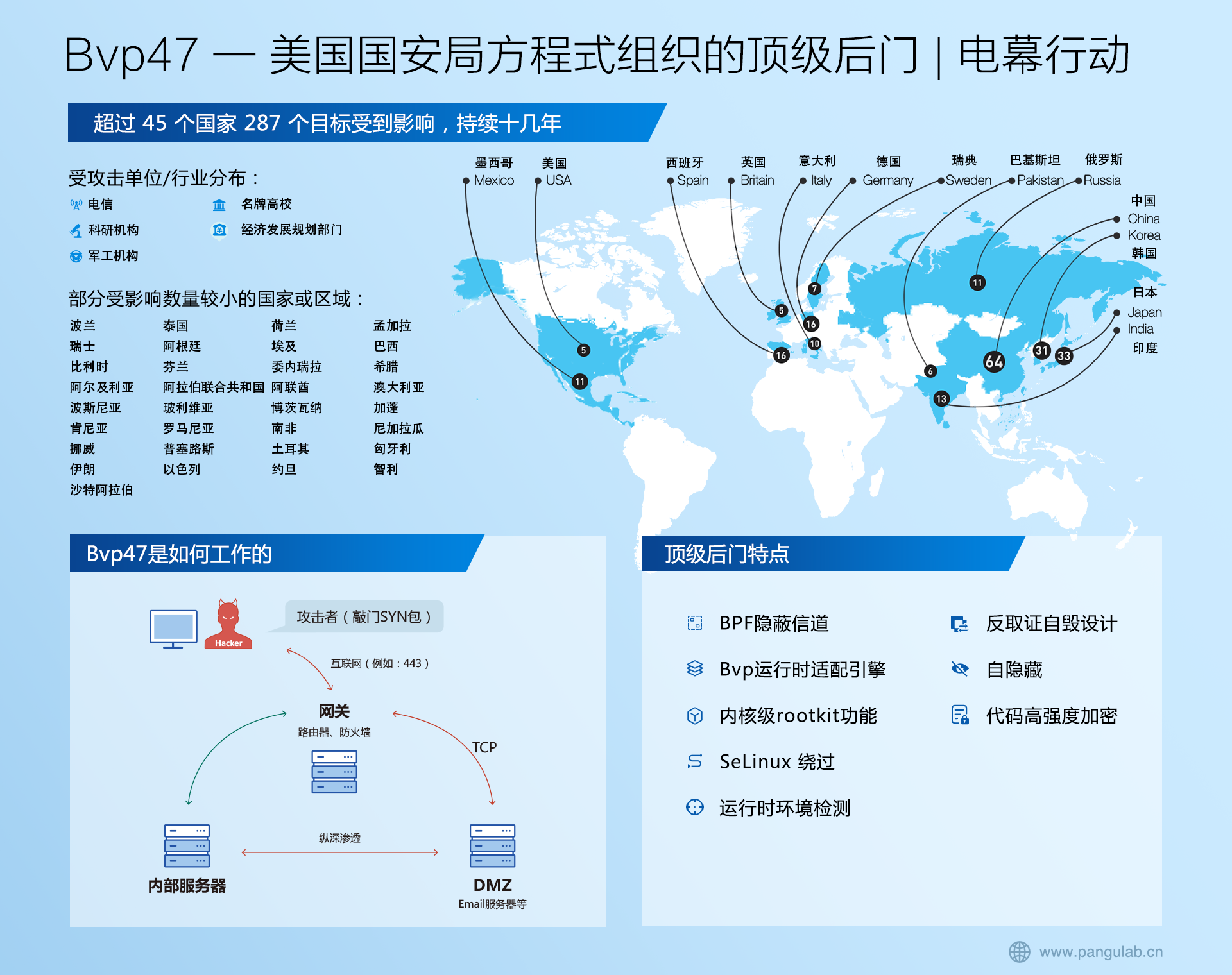Spring事务的三种实现方式
发布时间:2022-10-12 12:18:00 226 相关标签: # spring# 数据库# 数据
spring中事务的三种实现方式
1.编程式事务管理
过时了,一般不用,略
2.声明式事务管理
2.1基于 TransactionProxyFactoryBean的声明式事务管理
1创建异常类
public class MyException extends Exception {
public MyException() {
super();
}
public MyException(String message) {
super(message);
}
}
2 在service层中的转账方法中模拟出异常效果
public void transfer(Integer from, Integer to, Double money) throws MyException{
cardInfoDao.decreaseMoney(from,money);
boolean flag=true;
if(flag)
{
throw new MyException("转账出现异常"); //不要选择try catch 选择 throws
}
cardInfoDao.increaseMoney(to,money);
}
3 在配置文件中创建事务对象和其代理对象
<!-- 事务管理器 -->
<bean id="txManager" class="org.springframework.jdbc.datasource.DataSourceTransactionManager">
<property name="dataSource" ref="dataSource" />
</bean>
<!-- 事务代理工厂 -->
<!-- 生成事务代理对象 -->
<bean id="serviceProxy" class="org.springframework.transaction.interceptor.TransactionProxyFactoryBean">
<property name="transactionManager" ref="txManager"></property>
<property name="target" ref="cardInfoService"></property>
<property name="transactionAttributes">
<props>
<!-- 主要 key 是方法
ISOLATION_DEFAULT 事务的隔离级别
PROPAGATION_REQUIRED 传播行为
-->
<!-- -Exception 表示发生指定异常回滚,+Exception 表示发生指定异常提交 -->
<prop key="transfer">ISOLATION_DEFAULT,PROPAGATION_REQUIRED,-MyException</prop>
</props>
</property>
</bean>
注:Spring事务的隔离级别
1、ISOLATION_DEFAULT: 这是一个PlatfromTransactionManager默认的隔离级别,使用数据库默认的事务隔离级别. 另外四个与JDBC的隔离级别相对应
2、ISOLATION_READ_UNCOMMITTED: 这是事务最低的隔离级别,它充许令外一个事务可以看到这个事务未提交的数据。 这种隔离级别会产生脏读,不可重复读和幻像读。
3、ISOLATION_READ_COMMITTED: 保证一个事务修改的数据提交后才能被另外一个事务读取。另外一个事务不能读取该事务未提交的数据
4、ISOLATION_REPEATABLE_READ: 这种事务隔离级别可以防止脏读,不可重复读。但是可能出现幻像读。 它除了保证一个事务不能读取另一个事务未提交的数据外,还保证了避免下面的情况产生(不可重复读)。
5、ISOLATION_SERIALIZABLE 这是花费最高代价但是最可靠的事务隔离级别。事务被处理为顺序执行。 除了防止脏读,不可重复读外,还避免了幻像读。
4 因为有了代理,所以获取accountServiceImpl的时候,拿的是其代理对象
@Test
public void fun()
{
ClassPathXmlApplicationContext classPathXmlApplicationContext=new ClassPathXmlApplicationContext("/ApplicationContext.xml");
ICardInfoService cardInfoService= classPathXmlApplicationContext.getBean("serviceProxy",ICardInfoService.class);
try {
cardInfoService.transfer(1,2,200.0);
} catch (MyException e) {
e.printStackTrace();
}
}
//预习的内容
2.2基于 @Transactional 注解的声明式事务管理
修改配置文件,添加
<!-- 事务管理器 -->
<bean id="txManager" class="org.springframework.jdbc.datasource.DataSourceTransactionManager">
<property name="dataSource" ref="comboPooledDataSource" />
</bean>
<tx:annotation-driven transaction-manager="txManager"/>
在service层转账方法中添加注解
//添加事务注解
@Transactional(isolation=Isolation.DEFAULT,propagation=Propagation.REQUIRED,rollbackFor=MyException.class)
public void transfer(Integer from, Integer to, Double money) throws MyException{
cardInfoDao.decreaseMoney(from,money);
boolean flag=true;
if(flag)
{
throw new MyException("转账出现异常a"); //不要选择try catch 选择 throws
}
cardInfoDao.increaseMoney(to,money);
}
3.创建配置文件
<?xml version="1.0" encoding="UTF-8"?>
<beans xmlns="http://www.springframework.org/schema/beans"
xmlns:xsi="http://www.w3.org/2001/XMLSchema-instance"
xmlns:context="http://www.springframework.org/schema/context" xmlns:tx="http://www.springframework.org/schema/tx"
xsi:schemaLocation="http://www.springframework.org/schema/beans
http://www.springframework.org/schema/beans/spring-beans-4.0.xsd
http://www.springframework.org/schema/context
http://www.springframework.org/schema/context/spring-context-4.0.xsd
http://www.springframework.org/schema/tx
http://www.springframework.org/schema/tx/spring-tx.xsd">
<context:annotation-config></context:annotation-config>
<context:component-scan base-package="com.test" />
<!-- 导入db.properties -->
<context:property-placeholder location="db.properties" />
<!-- 创建数据连接池 -->
<bean id="comboPooledDataSource" class="com.mchange.v2.c3p0.ComboPooledDataSource">
<property name="driverClass" value="${driverClass}" />
<property name="jdbcUrl" value="${jdbcUrl}" />
<property name="user" value="${user}" />
<property name="password" value="${password}" />
<property name="maxPoolSize" value="${maxPoolSize}" />
</bean>
<!-- 创建JdbcTemplate对象 -->
<bean id="jdbcTemplate" class="org.springframework.jdbc.core.JdbcTemplate">
<constructor-arg name="dataSource" ref="comboPooledDataSource" />
</bean>
<!-- 1.创建事务管理器 -->
<bean id="txManager" class="org.springframework.jdbc.datasource.DataSourceTransactionManager">
<property name="dataSource" ref="comboPooledDataSource" />
</bean>
<!-- 开启事务的注解 -->
<tx:annotation-driven transaction-manager="txManager"/>
</beans>
4.测试
@Test
public void fun()
{
ClassPathXmlApplicationContext classPathXmlApplicationContext=new ClassPathXmlApplicationContext("/ApplicationContext.xml");
AccountService accountService= classPathXmlApplicationContext.getBean("accountServiceImpl",AccountService.class);
try {
accountService.transfer(1,2,250.0);
} catch (MyException e) {
e.printStackTrace();
}
}
文章来源: https://blog.51cto.com/u_15707781/5745333
特别声明:以上内容(图片及文字)均为互联网收集或者用户上传发布,本站仅提供信息存储服务!如有侵权或有涉及法律问题请联系我们。
举报







